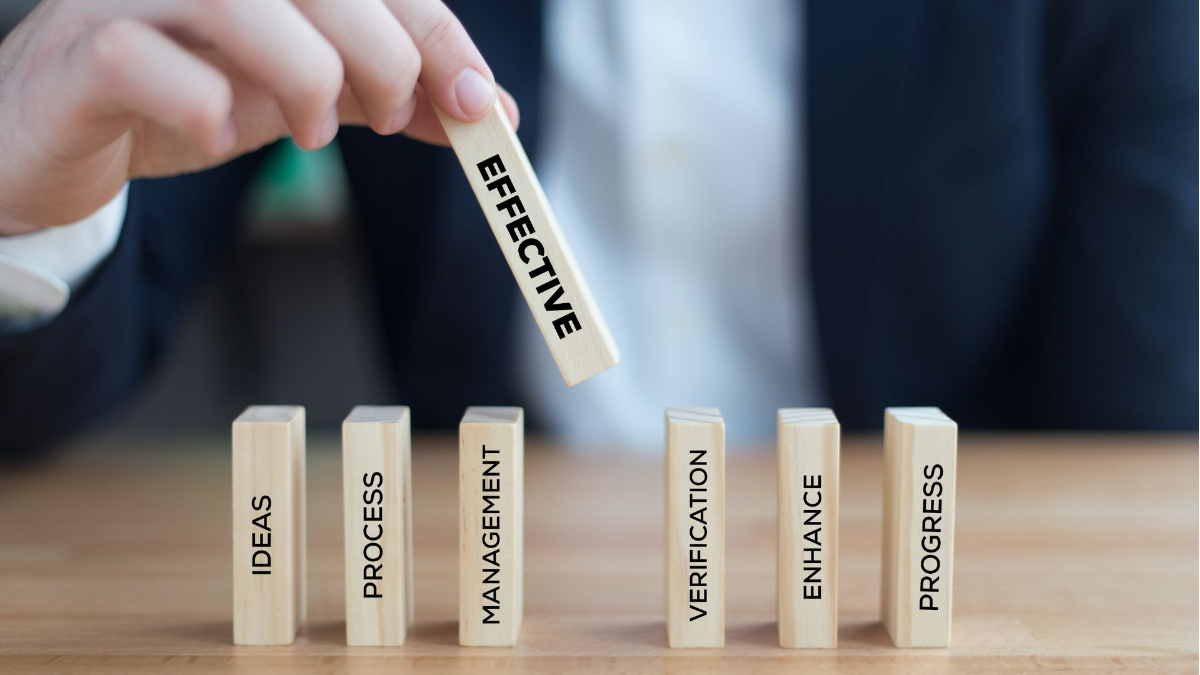
20240913
<Corporate Sandwiches> Effective Learning: Try This ICAP

When considering how to train employees, I often draw from educational research, as the two fields are closely related.
Before we start, let’s first understand the basic elements of education. Education consists of students, teachers, and the curriculum. So, before teaching, we need to clearly understand three questions: Who is learning? Who is teaching? What needs to be learned? Once we are clear on these three questions, we also need to sort the order of them. The varying importance of these elements can significantly influence the educational approach.
What is the focus?
A curriculum-focused approach means the learning content is predetermined, and everyone must follow guidelines to learn. Teachers have limited flexibility, and students primarily absorb content from the curriculum directly. This is suitable for training technical employees, where the operational manual plays the most critical role, as it helps judge right from wrong in tasks.
A teacher-focused approach allows the teacher to decide the teaching methods and content based on their judgment, with the curriculum playing a secondary role. Students still primarily absorb content directly. This method is often used in training junior administrative staff. When new employees join, a senior colleague is usually assigned as a supervisor to handle the training. Although the training is based on the job content (curriculum), the supervisor has considerable flexibility to decide the order and methods of teaching.
A student-focused approach is where students take charge of their own learning, deciding what and how to learn. As an administrative employee becomes more experienced, their scope of work extends beyond their past experience, and their learning style must shift to being student-focused. Employees decide what they need to learn and how they will receive instruction.
In previous articles, I mentioned that I prefer using a coaching approach for training. Some people mistakenly think this is a student-focused approach, but it's not. In coaching, based on my experience, I assess the trainee's situation and determine the training they need, then guide them to find the answers themselves. Thus, the coaching method is undoubtedly a teacher-focused approach but is far more effective than traditional passive teaching.
I’ve also considered using a student-focused coaching method, but this requires a lot from the student—it can be the most effective and least effective depending on the student's judgment. For people new to the workplace, they often haven’t yet identified a clear development path or have a deep understanding of their job. If we ask them to decide their development path at this stage, they might take a longer route, which doesn’t align with the company's costs and expectations. Therefore, student-focused learning is suitable only for more advanced learners. This is why, when we are young, most education is curriculum- or teacher-focused, while higher education tends to be student-focused. For example, a PhD thesis is chosen by the student based on their research interests. The growing trend of “taught doctorate program” is a product of market demand.
When employees promote to management levels, their learning style eventually becomes entirely student-focused. They decide for themselves what and how to learn. Today, I will borrow from Professor Michelene (Micki) Chi’s ICAP learning framework to discuss how to learn most effectively.
Since Micki published the ICAP theory in 2009, it has undergone over a decade of experiments and data validation, making it one of the rare theories widely supported by the academic community. Thanks to her research on ICAP, Professor Micki won the 2023 Yidan Prize, the largest global prize in education. The ICAP framework is increasingly being applied to school teaching. ICAP corresponds to four learning modes: Interactive, Constructive, Active, and Passive.
The Interactive is the most effective, involving deep interactions and discussions with others to jointly construct new knowledge. Constructive focuses on the individual level—while receiving new information, learners continuously reflect on, analyze, and evaluate their existing knowledge to build new insights. Interactive emphasizes deep interactions, but if the interaction is only superficial discussion, Constructive learning is more effective. For more details, feel free to explore further.
After reading this article, if you are reflecting on how to apply ICAP to your training, it indicates that your learning skills are at a solid level. But if you’re not, that’s okay too, because all of us are on the same endless learning journey. It’s just a matter of degrees.
Simon So
Chief Experience Officer of Hantec Group
Extended Reading
<Corporate Sandwiches>How to Reduce Stress and Enjoy Life
BY Group Branding and Promotion FROM Hantec Group
Hantec Group Donated Warm Down Jackets to School in Wanjia Town, Sichuan Province
BY Group Branding and Promotion FROM Hantec Group
Hantec Group Christmas and Annual Dinner was Successfully Held
BY Group Branding and Promotion FROM Hantec Group
1276, 1st Floor, Govant Building, Kumul Highway, Port Vila, Republic of Vanuatu
(852) 2214 4183
No. 24, lane 102, An-He Rd. Sec. 1, Taipei, Taiwan
(886) 02-2755 1681